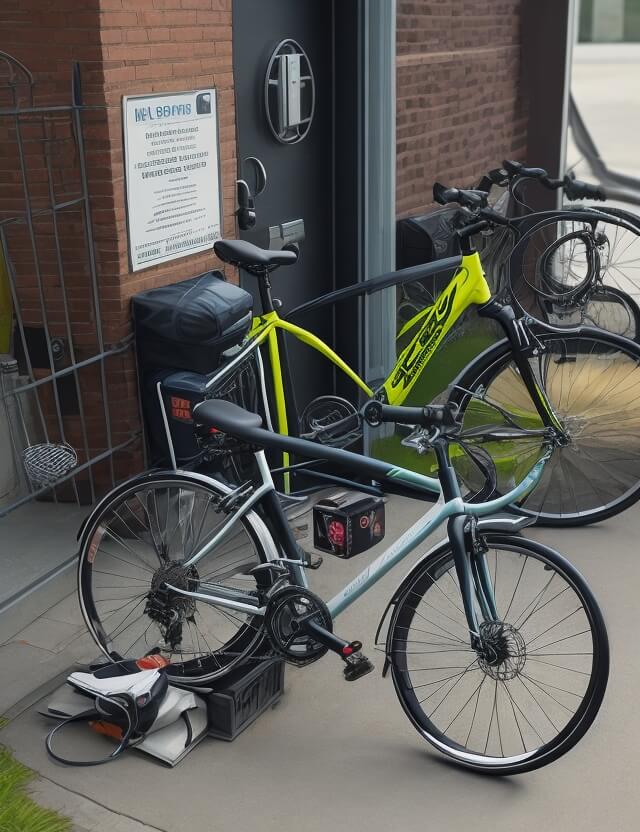
Bike Security Anti-Theft Devices and Alarm Systems
Introduction
The rising trend of bike theft has left bike owners searching for advanced security solutions. This article explores an innovative bike anti-theft system that offers enhanced protection for your two-wheeler. Unlike traditional methods, this system combines password-protected ignition and an RF receiver to ensure maximum security.

How it Works
The bike security system is integrated directly into your bike’s ignition, which will only start upon entering a correct password. The owner must also carry an RF receiver device. If an unauthorized person attempts to start the bike without the correct password, the system triggers an alarm through an RF sender circuit, alerting the owner via their RF receiver device.
Key Features
- Password-Protected Ignition: A robust password entry required to start the bike, making hot-wiring virtually impossible.
- RF Communication: The RF TX-RX system provides real-time alerts to the owner in case of unauthorized access attempts.
- Audible Alarm: A loud buzzer alerts nearby passersby or security personnel if the correct password isn’t entered within a certain time limit.
Software & Hardware Requirements
- Software
- Keil compiler
- Eagle 5.0
- Hardware
- Microcontroller AT89S52
- RF TX-RX
- Buzzer
Advantages and Drawbacks
- Advantages
- Comprehensive security through multi-level authentication.
- Immediate alerts through RF communication.
- Discourages theft by sounding a public alarm.
- Drawbacks
- Requires carrying an RF receiver device.
- Needs periodic updates to ensure security integrity.
Conclusion
In summary, our bike anti-theft system sets a new standard in bike security. It ensures that only authorized users can access the ignition, while also providing immediate alerts and a backup alarm to deter thieves effectively. If you value your bike, investing in such an advanced bike security system is a wise decision.
Sample Code
#include <reg52.h>
#define password "1234" // Replace with your own strong password
#define RF_TX P1_0 // RF transmitter pin on PORT1
#define BUZZER P1_1 // Buzzer pin on PORT1
void delay(int ms);
void sound_buzzer();
void transmit_RF_signal();
void main() {
char entered_password[5];
int i;
while(1) {
// Wait for password entry (simulate this part)
// You should integrate a keypad to capture this input
// Assume entered_password is filled from the keypad
// Password checking
for(i = 0; i < 4; i++) {
if(entered_password[i] != password[i]) {
transmit_RF_signal(); // Transmit signal to RF receiver
sound_buzzer(); // Sound the buzzer
break;
}
}
if(i == 4) {
// Correct password entered, ignition can start
// Implement your ignition code here
}
}
}
void delay(int ms) {
// Implement your delay function here
}
void transmit_RF_signal() {
RF_TX = 1; // Logic to send the signal through RF TX
delay(1000); // Delay of 1 second
RF_TX = 0; // Turn off RF transmission
}
void sound_buzzer() {
BUZZER = 1; // Turn on the buzzer
delay(5000); // Sound for 5 seconds
BUZZER = 0; // Turn off the buzzer
}
In order to download the PDF, You must follow on Youtube. Once done, Click on Submit
Follow On YoutubeSubscribed? Click on Confirm
Download Bike Security Anti-Theft Devices and Alarm Systems PDF






